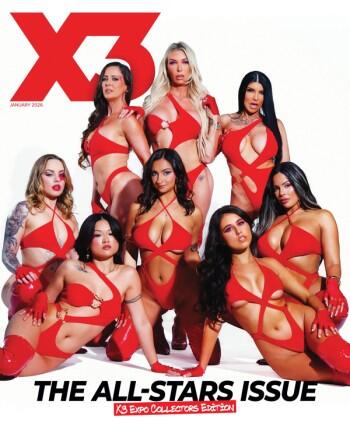After the Times story broke, Kozinski, the Chief Justice of the Ninth Circuit Court of Appeals who was assigned the case as part of a special program in which appellate judges rotate to the trial courts, initially suspended the trial for three days but then declared a mistrial because of the controversy surrounding him.
Estrich knows Kozinski, and recently moderated a debate between the liberal judge and his more conservative Ninth Circuit colleague Judge Stephen Reinhardt.
"Judge Kozinski," she wrote, "like Judge Richard Posner of the Seventh Circuit, has written broadly on an array of topics, both legal and non-legal, and is widely considered one of the smartest and most articulate members of the federal bench. I share that opinion."
In her column, Estrich reiterates the explanation provided by both Judge Kozinski and his wife, lawyer Marcy Tiffany, that the images were not posted because he is into porn, but because he is "into funny — and sometimes funny has a sexual character." She also questions the necessity for the trial of Isaacs in the first place, but saves her real indignation for the way in which the Times handled the story.
"Not only did the Los Angeles Times make a mountain out of a molehill," she writes, "wrongly characterizing a popular and much-viewed piece of bathroom humor (literally) as bestiality, but it failed to reveal that the source of the story was an angry litigant, and that he had made them aware of it months earlier."
The litigant she refers to is Beverly Hills attorney Cyrus Sanai, who by his own admission found the Judge's website and then spent months contacting various publications, including the Times, to report his findings. Sanai has since explained that his motive for outing the judge was to bring attention to what he considered to be ethical problems on the 9th Circuit, but they actually appear to be more personal than professional.
According to Estrich, Sanai's problems with Kozinski and the Ninth Circuit extend to before 2005, when his "mother was party to a very contentious divorce in the state courts of Washington, which her son believes was improperly handled by those courts; he has since begun a crusade to attack what he sees as the corruption of the Washington state judiciary."
Whatever his true motives, Sanai found a receptive ear at the Times, which apparently held the story until the day of opening arguments in the Isaac's case.
The news created an immediate media firestorm that resulted in Kozinski eventually declaring a mistrial, but the fallout has divided both media and court watchers into those who think the judge got what he deserved and those who think he was the victim of a concerted witch hunt begun by Sanai and completed by the Times.
Falling firmly into the latter category, Estrich does not address the question of whether a sitting judge should be able to possess legal adult material while also conducting an obscenity trial. She is far more concerned with the question of the Times' motives in the coverage and timing of the story, which she calls "vicious."
The potential downside of this incident, according to Estrich, is that in utilizing such questionable editorial judgment, the Times may have sent a very discouraging message to all members of the judiciary, no matter where they fall in the political spectrum.
"I have seen enough of liberal politicians treated badly by the supposed liberal media to question the willingness of conservatives to ascribe ideological bias to the media," she writes, "but in this case, one has to wonder. Federal judges cannot be blamed, however, if the lesson they take from this episode is that no good deed goes unpunished."








